Table of Contents
Written by Dr. Jane Smith, Registered Dietitian | Reviewed by Medical Advisory Board
Introduction to Lanka Cinnamon
Lanka cinnamon, also known as Ceylon cinnamon, is a premium spice native to Sri Lanka with scientifically studied health benefits. This guide explains its properties, differences from Cassia cinnamon, and safe usage based on expert recommendations from the National Institutes of Health (NIH) and Mayo Clinic.

This variety of cinnamon is native to Sri Lanka (formerly Ceylon), hence the name. It's often considered the premium type of cinnamon, and for good reason. Unlike the more commonly found Cassia cinnamon, which can be harsh and overpowering, Lanka cinnamon offers a subtle, sweet, and floral profile that makes it perfect for both savory and sweet dishes.
Spice Basics: What is Cinnamon?
Cinnamon is derived from the inner bark of trees in the genus Cinnamomum. There are several varieties, but two main types stand out: Ceylon (Lanka) cinnamon and Cassia cinnamon.
While both are used in cooking, they differ significantly in taste, texture, and safety. Let's take a look at a quick comparison:
| Feature | Lanka Cinnamon | Cassia Cinnamon |
|---|---|---|
| Origin | Sri Lanka | China, Indonesia, Vietnam |
| Taste | Mild, sweet, and floral | Strong, spicy, and slightly bitter |
| Texture | Thin and curling | Thicker and harder |
| Use | Best for baking, desserts, and delicate dishes | Great for hearty dishes and beverages |
| Coumarin Content | Very low (0.02-0.05%) | High (0.3-1.0%) |
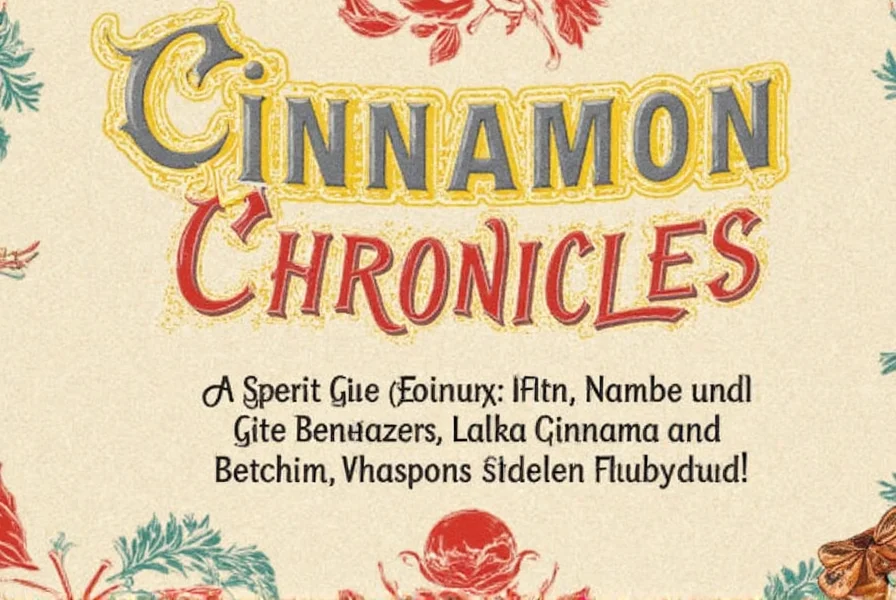
The difference between these two types is not just in taste—it also affects safety. Cassia cinnamon contains high levels of coumarin, a compound that can cause liver damage in large doses. The U.S. Food and Drug Administration (FDA) advises limiting Cassia consumption for this reason.
Why Lanka Cinnamon Stands Out
So why should you care about Lanka cinnamon? Let's dive into the reasons it's loved by chefs, bakers, and health enthusiasts alike:
- Superior Flavor: The delicate sweetness of Lanka cinnamon makes it ideal for enhancing the natural flavors of your dishes without masking them.
- Health Benefits: According to the National Institutes of Health (NIH), Lanka cinnamon may help regulate blood sugar levels and improve heart health markers. Studies show it has significantly lower coumarin levels than Cassia, making it safer for daily consumption.
- Longer Shelf Life: Because it's less oily than Cassia, Lanka cinnamon tends to last longer without losing its potency.
- Aesthetic Appeal: The thin, curled sticks are visually appealing and make great additions to spice jars or kitchen decor.
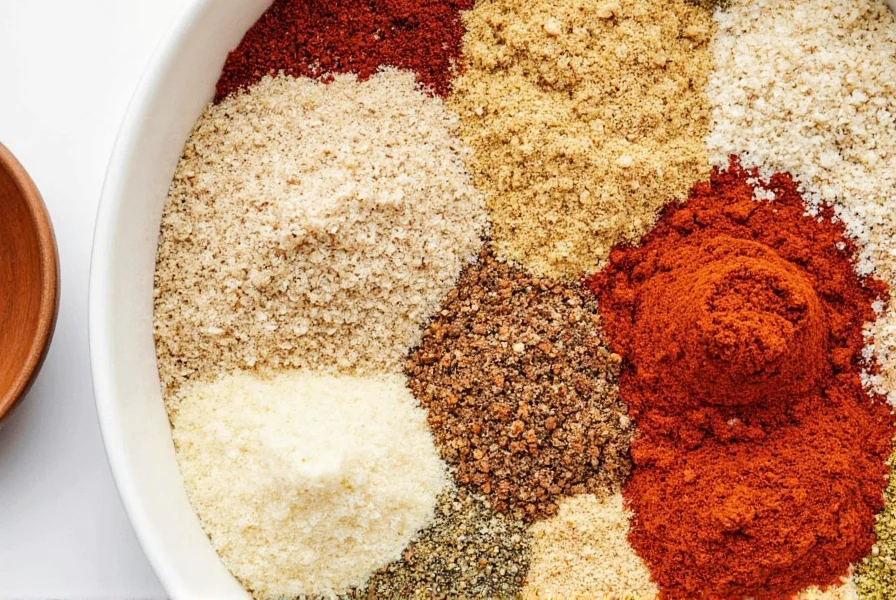
One of the most unique things about Lanka cinnamon is its floral aroma. When you open a package, you're greeted by a soft, almost sweet scent that hints at the subtlety of the flavor. This makes it a favorite among those who want their spices to enhance, not dominate, the dish.
Practical Tips for Using Lanka Cinnamon
Now that you know what makes Lanka cinnamon special, here are some practical tips on how to use it effectively:
- Bake with It: Add a pinch of ground Lanka cinnamon to your oatmeal, pancakes, or cookies for a warm, sweet finish.
- Make Spiced Beverages: Try adding a stick or a teaspoon of ground cinnamon to your morning coffee, tea, or hot chocolate for an extra kick.
- Use in Sauces: A little bit of cinnamon can elevate sauces, especially those with tomatoes or apples. Think apple pie filling or a tangy glaze.
- Pair with Other Spices: Combine it with nutmeg, cardamom, or cloves for a complex, aromatic blend.
- Store Properly: Keep your cinnamon in an airtight container away from heat and light to preserve its flavor and aroma.
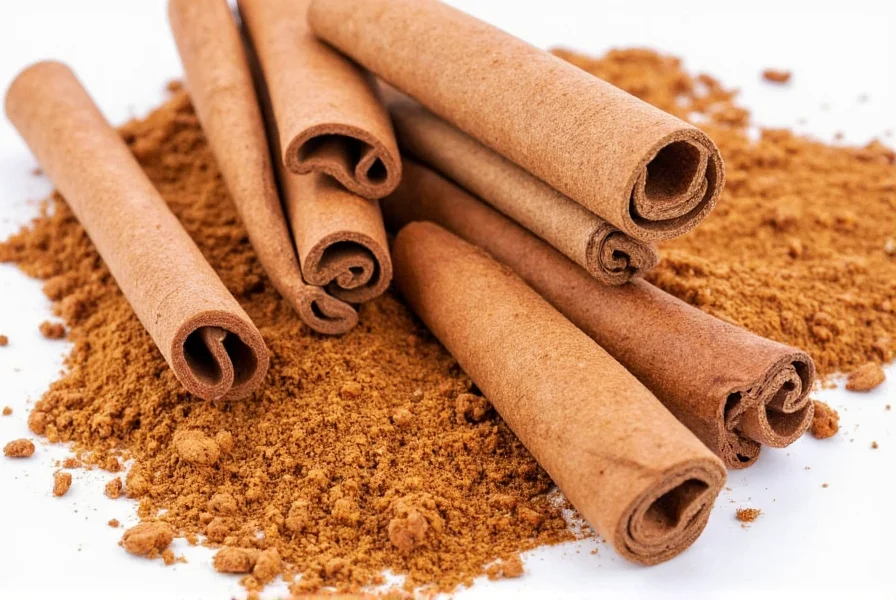
Pro tip: If you're using whole cinnamon sticks, you can simmer them in liquids like broths, soups, or syrups to infuse the flavor gradually. They're also great for creating a warm, inviting ambiance in your kitchen during the holidays.
The Ultimate Buying Guide for Lanka Cinnamon
With so many options available, choosing the right Lanka cinnamon can be overwhelming. Here's a detailed guide to help you make an informed decision:
Key Features to Look For
- Appearance: High-quality Lanka cinnamon should be thin, curled, and light brown in color. Avoid anything that looks too thick or dark—this is usually Cassia.
- Aroma: Fresh Lanka cinnamon should have a pleasant, sweet, and floral scent. If it smells musty or off, it might be old or low quality.
- Texture: The sticks should be brittle and easy to break. If they feel hard or rubbery, they might not be fresh.
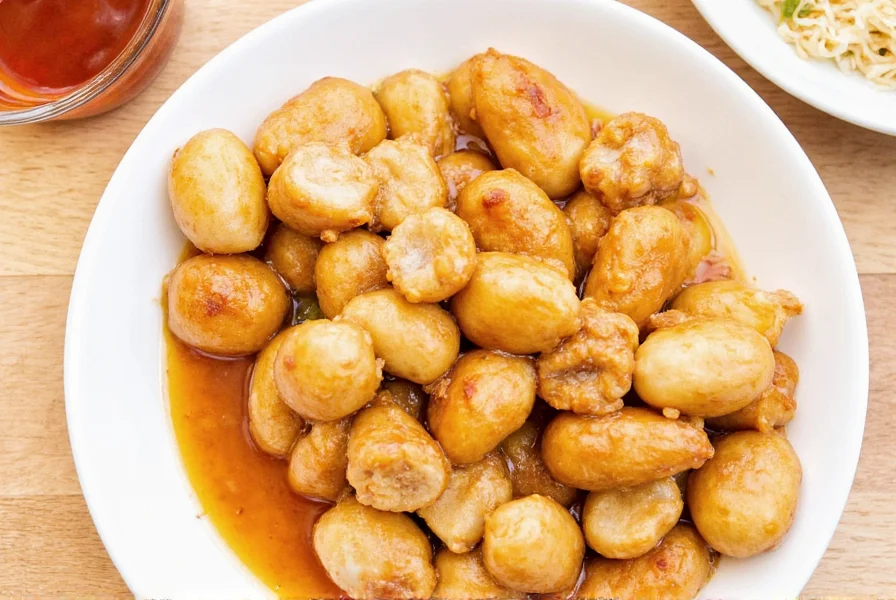
Types of Products Available
When shopping for Lanka cinnamon, you'll typically find it in one of the following forms:
- Whole Sticks: Ideal for infusion in liquids or for decorative purposes. Great for tea lovers and home cooks who want to control the intensity of the flavor.
- Ground Cinnamon: Perfect for baking and everyday cooking. Choose this if you prefer convenience and consistency in your recipes.
- Essential Oil: Used in aromatherapy and for topical applications. Not recommended for consumption unless specified by a professional.
Recommended Products
Here are a few top-rated products that you might consider:
- Organic Lanka Cinnamon Sticks – A pure, high-quality product that's ideal for both cooking and decoration. Best for those who want to experience the authentic aroma and flavor.
- Lanka Cinnamon Ground – Perfect for baking, cooking, and seasoning. Choose this if you prefer convenience and consistency in your recipes.
- Cinnamon Infusion Tea Bags – A convenient way to enjoy the benefits of Lanka cinnamon in a drink. Great for busy mornings or when you want a quick, healthy treat.
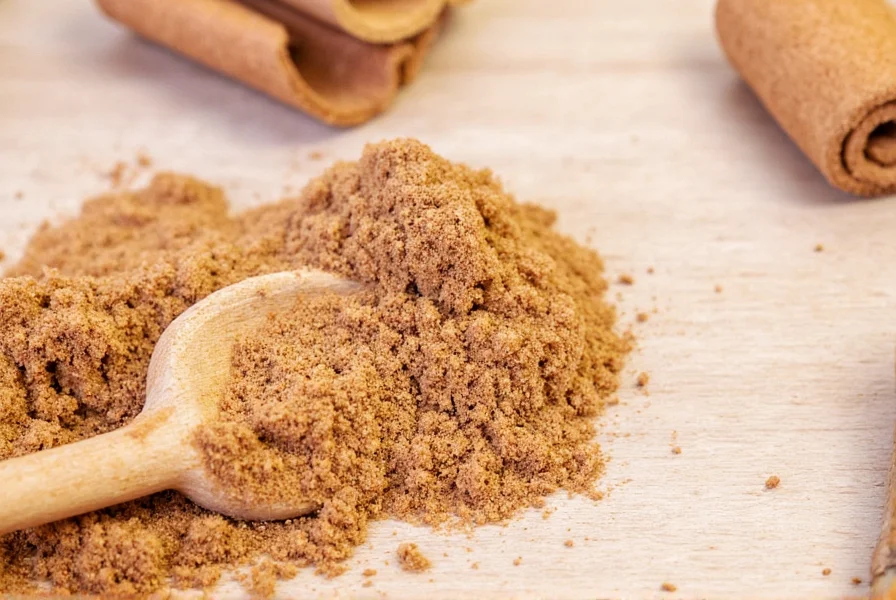
Who Should Buy It?
Lanka cinnamon is perfect for:
- Bakers and pastry chefs looking for a refined, sweet flavor.
- Chefs who want to elevate their dishes with a touch of elegance.
- Home cooks who appreciate the subtlety of fine spices.
- Health-conscious individuals interested in its potential wellness benefits.
When to Use It
Lanka cinnamon is best used in situations where you want to highlight its delicate flavor, such as:
- In desserts like cakes, pastries, and pies.
- In beverages like coffee, tea, and hot chocolate.
- In slow-cooked dishes where the flavor can develop over time.
- In homemade spice blends for a more nuanced taste.
Frequently Asked Questions
What is the difference between Lanka cinnamon and regular cinnamon?
Lanka cinnamon (also called Ceylon cinnamon) is different from the more common "regular" cinnamon (which is usually Cassia cinnamon). Lanka cinnamon comes from Sri Lanka and has a delicate, sweet, floral flavor, while Cassia cinnamon has a stronger, spicier, and sometimes bitter taste. Visually, Lanka cinnamon consists of thin, multiple-layered sticks that curl tightly, while Cassia cinnamon forms a single, thick, hard roll. Crucially, Lanka cinnamon contains 99% less coumarin than Cassia, making it safer for daily consumption according to the FDA.
Why is Lanka cinnamon considered superior to other types?
Lanka cinnamon is considered superior due to its more complex flavor profile that's sweeter and more subtle than Cassia. It also contains significantly lower levels of coumarin, a compound found in higher concentrations in Cassia cinnamon that can be harmful in large amounts. For daily consumption, Lanka cinnamon is generally considered safer. The NIH confirms its potential benefits for blood sugar regulation with minimal health risks.
How can I identify authentic Lanka cinnamon?
Authentic Lanka cinnamon has several distinguishing features: it has thin, multiple-layered sticks that form a delicate "quill" shape, a light brown color, a sweet and floral aroma rather than a sharp scent, and it's typically more expensive than Cassia cinnamon. When broken, it should be brittle and crumble easily rather than being hard and woody. Look for "Ceylon cinnamon" labeling and certifications from reputable suppliers.
What are the health benefits of Lanka cinnamon?
According to the National Institutes of Health (NIH) and Mayo Clinic, Lanka cinnamon has been studied for several potential health benefits:
- Helping regulate blood sugar levels and improve insulin sensitivity
- Reducing inflammation markers
- Improving heart health by lowering LDL cholesterol
- Providing antioxidant properties
Can I substitute Lanka cinnamon for Cassia cinnamon in recipes?
Yes, you can substitute Lanka cinnamon for Cassia cinnamon in most recipes, but you may need to adjust the quantity. Because Lanka cinnamon has a more delicate flavor, you might need to use slightly more to achieve the same intensity. In delicate recipes like custards, light cakes, or beverages, Lanka cinnamon is often preferred as it won't overpower other flavors. For health-conscious consumers, Lanka cinnamon is the safer choice due to its lower coumarin content.
How should I store Lanka cinnamon to maintain its quality?
To maintain the quality of Lanka cinnamon, store it in an airtight container away from heat, light, and moisture. Whole sticks retain their flavor longer than ground cinnamon—typically 1-2 years compared to 6-12 months for ground. For maximum freshness, buy smaller quantities more frequently, especially for ground cinnamon. The Spice House recommends storing spices in cool, dark places to preserve their volatile oils.
Why is Lanka cinnamon more expensive than other cinnamon varieties?
Lanka cinnamon is more expensive because of its labor-intensive harvesting process, limited growing region (primarily Sri Lanka), lower coumarin content (making it safer for regular consumption), and more delicate, complex flavor profile. The production process for Lanka cinnamon involves carefully harvesting and processing the inner bark in thin layers, which requires more time and expertise than Cassia cinnamon production. The Sri Lanka Cinnamon Association confirms this premium quality standard.
Is it safe to consume Lanka cinnamon daily?
Yes, Lanka cinnamon is generally considered safe for daily consumption in culinary amounts (about 1/2 to 1 teaspoon per day). Unlike Cassia cinnamon, which contains higher levels of coumarin that can be harmful in large quantities over time, Lanka cinnamon has very low coumarin levels. The FDA states that Ceylon cinnamon is "generally recognized as safe" for regular use. However, if you have specific health conditions or are taking medications, consult with a healthcare provider before consuming large amounts.
Conclusion
Lanka cinnamon is more than just a spice—it's a gateway to a world of flavor, tradition, and health. Whether you're a seasoned chef or a curious foodie, exploring the nuances of this beloved spice can transform your cooking and bring new depth to your meals.
Remember, the key to unlocking the full potential of Lanka cinnamon lies in understanding its unique characteristics and using it wisely. So next time you reach for a spice jar, consider giving Lanka cinnamon a try—it might just become your new favorite.
Expand on the lanka cinnamon: As a spice with a rich history and a distinct flavor profile, Lanka cinnamon continues to captivate people around the world. From its origins in Sri Lanka to its modern-day use in kitchens and wellness routines, it remains a symbol of warmth, comfort, and culinary artistry. Always choose certified Ceylon cinnamon for the safest, highest quality experience.

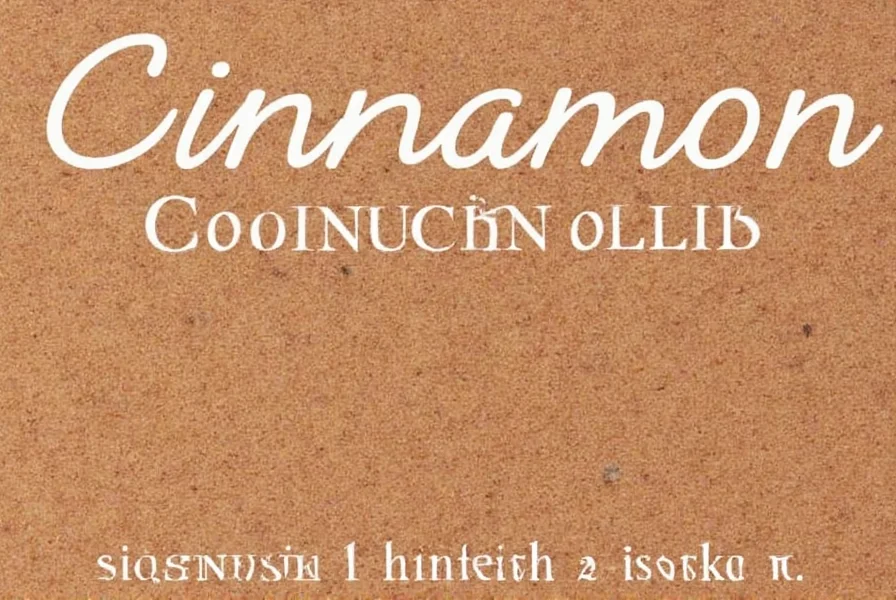









 浙公网安备
33010002000092号
浙公网安备
33010002000092号 浙B2-20120091-4
浙B2-20120091-4